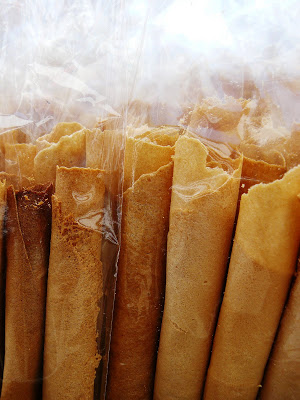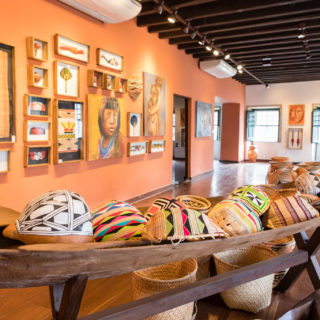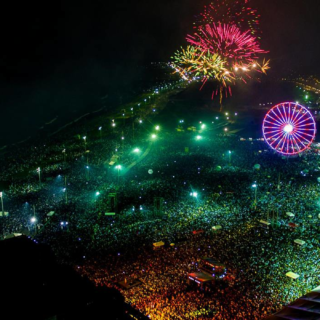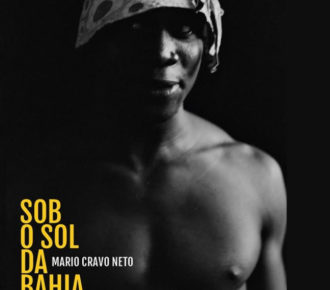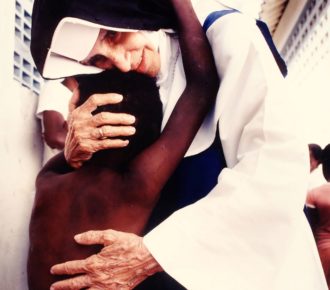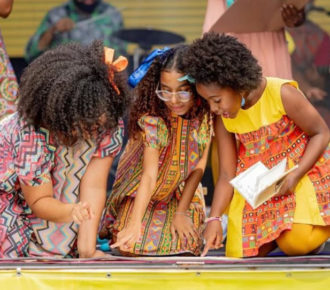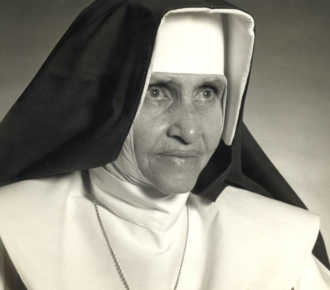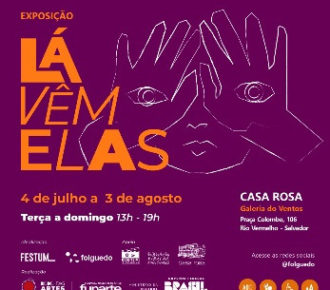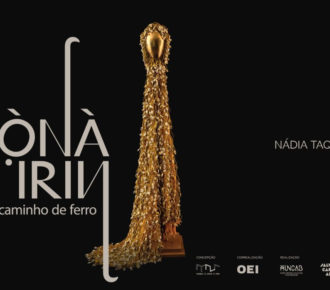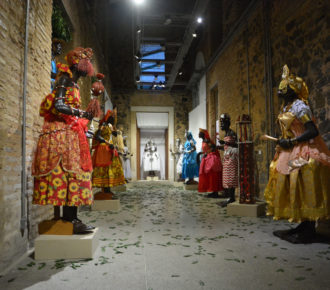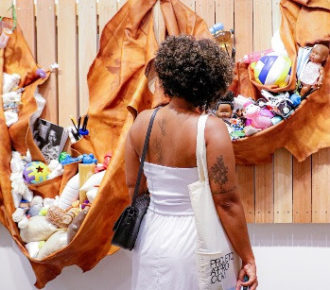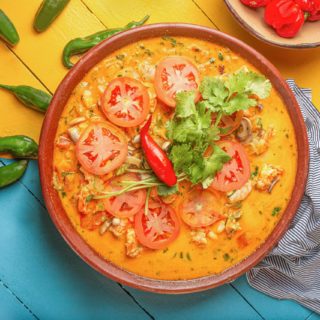
What it is and where to find one of Salvador’s most famous sweets
Spanish recipe became popular in Bahia after the 50s
When consulting the nearest dictionary, you will see that taboca is one of the most versatile words in the Portuguese language, which can mean anything from a species of fish to a type of house, depending on the region of Brazil. However, in Bahia, it not only has a deep-rooted meaning, but also a taste, a smell and the sound of a triangle, which is the work instrument of the people who sell one of the most popular street foods in Salvador.
The scene is unmistakable: the salesperson playing the instrument while loud and clear announcing the delight he carries in the can on his back. The delicacy is simple, usually made only from wheat flour, water and sugar – but the recipe has variations with cassava flour, milk, eggs and margarine.
Researchers Laís Conceição Portela and Virgínia Campos in an end-of-course paper at the Federal University of Bahia (UFBA) say that the recipe is very old, and originated in Spanish churches that distributed sweets to the faithful in substitution for the holy bread.
Until today, the sweet is popular in Spain and Portugal, known by the name of barquillos (or barquilho, in Portuguese script), and can be found in several bakeries in Madrid and Lisbon, being filled or not.
The delicacy arrived in Brazil around 1950 – a date that is not unanimous among researchers – in Northeastern states, but with names like “chegadinho”, “cavaco” and “biju”. In Bahia, the popular name is “taboca”, which is a Tupi word that means “taboo”, which refers to bamboo, which is a plant that has a format similar to taboca.
Due to its flavor and simple ingredients, it became popular in Bahian houses and, mainly, among street sellers, who sell it in squares, fairs and traffic lights in Salvador.
Where to buy taboca in Salvador
As it is a street food, taboca is usually sold by street sellers in the historic and commercial center, where it can be found more easily. Some of the oldest and most traditional sellers are concentrated in places like:
· São Joaquim Fair
· Ferry Boat Terminal
· Iguatemi Traffic lights, in front of Shopping da Bahia
· Avenida Garibaldi Traffic lights
· Lucaia Traffic lights
There is no guarantee that the crunchy candy will be found in these places at all times. However, there is a greater concentration of sellers on weekends and holidays, especially in the afternoon.

